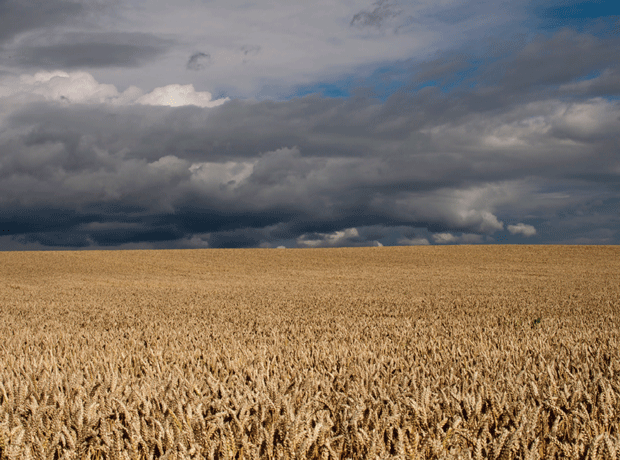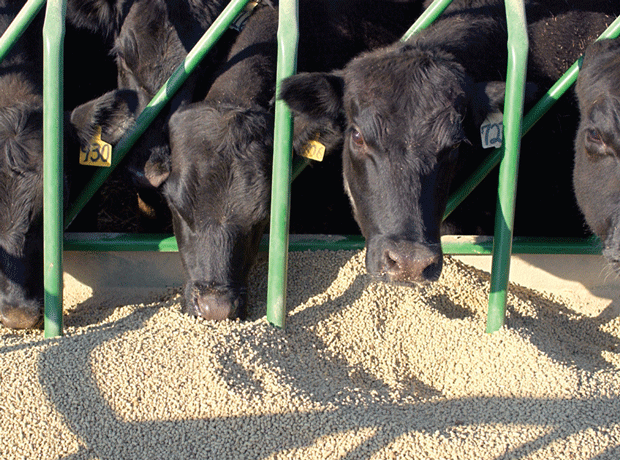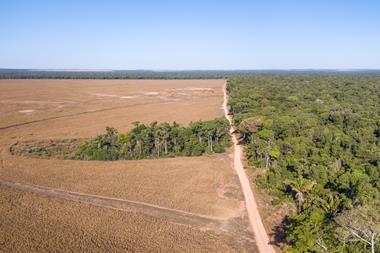A sharp rise in plantings of haricot beans - the core ingredient in baked beans - has brought down the price of the crop.
The UK imports most of its haricot beans from the US, where growers have increased the acreage given to ‘dry beans’ - the family haricot beans are part of - by 23% year on year to 1.67 million acres. It is estimated acreage for haricot beans specifically has increased 43%.
This extra area, coupled with good growing conditions throughout the summer, has led to higher volumes of haricot beans harvested this season. As a result, prices have fallen by 40% since their peak at the end of April, from about 50p per kg to about 30p per kg now.
Haricot beans account for about 50% of the cost of a can of baked beans, with the rest of the cost made up of tomato sauce, sugar, water and flavourings, with packaging representing between 5% and 10%. The decline in the cost of beans has not, as yet, had any impact on retail prices - with the average retail price of a kilo of baked beans up from £2.12 to £2.14 in the big four supermarkets since April [BrandView.com].
Farmers increased plantings of dry beans in reaction to rising prices throughout 2013, when wet weather in the spring delayed planting and the harvest. While haricot bean prices tend to drop at this time of year as the new harvest is realised, poor production in 2013 meant prices continued to rise to the peak this April. So, while a drop would be expected at this time of year, it has been sharper as a result of the higher production.
And though haricot prices have fallen, many dry beans remained high during 2014 due to drought in parts of the US, and it is believed acreage could increase again next year.
Continued growth in acreage and a higher volume of haricot beans harvested in 2015 could therefore result in haricot bean prices falling even further.
Sign in to comment on this article
Not logged in before? Register for FREE guest access today.
You will be able to:
- Read more stories
- Receive daily newsletters
- Comment on stories
Advert



















No comments yet